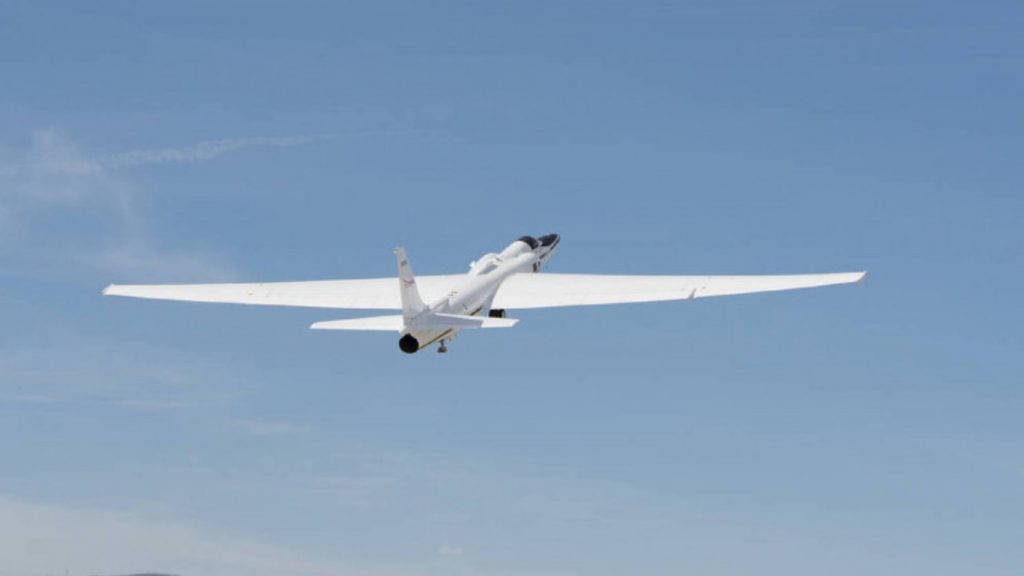NASA has planes that can fly into snowstorms, and it will use them for weather reporting. They are part of the space agency’s Investigation of Microphysics and Precipitation for Atlantic Coast-Threatening Storms (IMPACTS) mission based at NASA’s Goddard Space Flight Center in Greenbelt, Maryland.
? NASA and its partners have multiple satellites in orbit that can measure precipitation from space. “But satellites can’t tell us a lot about the particles – the actual snowflakes – and where they form within the clouds,” said Gerry Heymsfield, one of the deputy principal investigators for IMPACTS at Goddard.
Therefore, IMPACT is instead using two planes outfitted with scientific instruments. The first is the NASA Armstrong Flight Research Center’s ER-2. This aircraft comprises instruments like those on satellites but with higher spatial resolution, additional measurement capabilities, and more frequent sampling. It is meant to get a top-down view of storms from above the clouds.
The second aircraft is the P-3 Orion and has probes hanging off its wings. These probes measure the size, shape, and distribution of precipitation particles enabling scientists to evaluate the size and shape of snow particles throughout the clouds as well as the temperature, water vapor, and other conditions in which they form.
“A project like IMPACTS can really complement those spacecraft measurements with aircraft measurements that are higher resolution, higher accuracy, sample an event more frequently, and provide additional parameters such as Doppler measurements,” said John Yorks, one of the deputy principal investigators for IMPACTS.
Snowstorms are complex and they require in-depth research and many scientific tools to understand them and learn how to forecast their arrival and plan for the devastation and havoc they often wreak.

